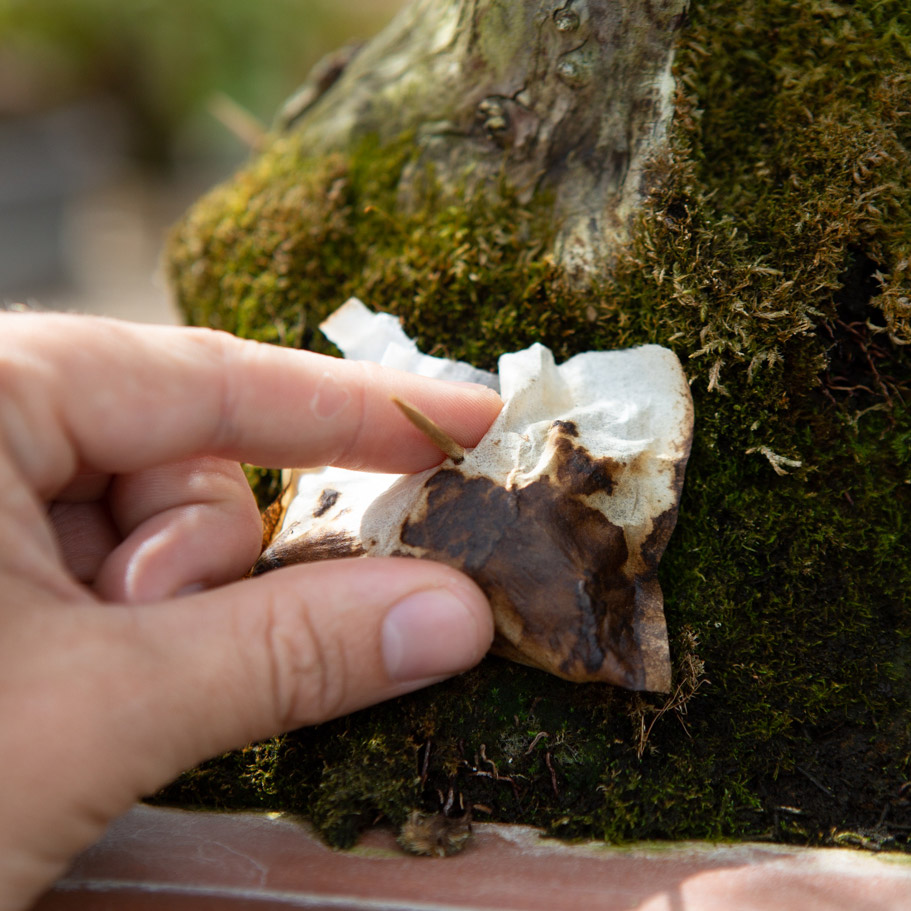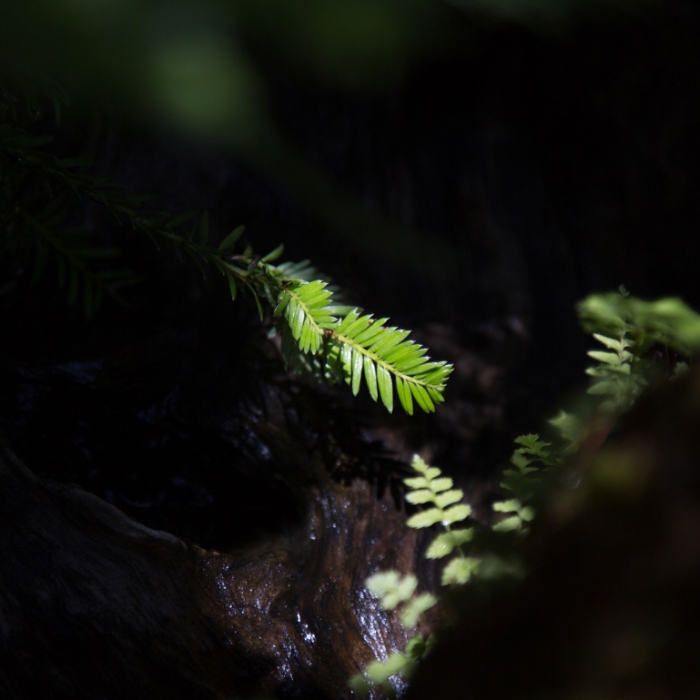The how, the why, the when
Fertilization in bonsai is a hot topic. It is sort of like this afterthought – we all know it is necessary but don’t exactly understand how it works or how it can be manipulated to help us accomplish our goals. People tend to think about fertilization as this singular, perfectly packaged piece of knowledge that they can learn and uniformly apply to their trees. Alas, as with most things in bonsai, it is more complicated than that.
The core tenant of fertilization that is necessary to keep asking yourself is – what am I trying to accomplish? Your design goals, the tree’s health, the stage of development, the season, etc. –correct application of fertilizer is nuanced, depending on what you are trying to accomplish with you tree.

The most important thing to understand is that fertilizer is supplemental nutrition, not food. Trees survive off the stored energy captured via photosynthesis. So trees don’t technically need fertilizer to survive, but without it, you can think of the tree as being malnourished. When applied correctly, fertilizer increases the efficiency of metabolic processes that supply nutrition and energy to the production of new tissue.
Fertilization allows us to build foliar and root mass, elongate and thicken branches, heal big wounds, and facilitate backbudding. It is the gas pedal of growth that we either step on hard, or lightly press to guide the tree in the directions we seek. Fertilization should always be paired with a foliar management technique, a way to utilize and control the tree’s energy.
"Fertilizer is the gas pedal of growth that we either step on hard, or lightly press to guide the tree in the directions we seek."
There are two facets to controlling fertilization –frequency, and quantity per location. The number of locations on the surface of the soil is directly proportional to the size of the container—this does not shift. A 12-inch container is the rough standard, with 3 locations evenly distributed throughout the soil and to the edge of the container. When adding more fertilizer, don’t remove the older application as it is still decomposing, incorporating nutrients into the soil. New applications of fertilizer should be evenly spaced between the older applications.
In the spring, fertilizer perpetuates foliar growth, setting our trees up for multiple flushes or good backbudding. In the fall, it fuels vascular growth that contributes to winter hardiness along with the stored energy used to push out new growth the following spring.

Tinkering with this nuanced gas pedal is dependent on what you are trying to accomplish. If you are trying to establish structural goals such as thicker, longer branches, greater foliage mass, establish roots, heal wounds, or generate backbudding—you should be heavily fertilizing.
If you are trying to build secondary branching, create lignified tissue, or create a scaffolding that will be wired out –you should be moderately fertilizing.
If you are trying to refine a tree, meaning reduce internode length, build fine twigging, distribute strength—you should be lightly fertilizing and consider timing of application as a major tool.
Bonsai technique will never be a one-size-fits all prescription. Different trees, climates, design goals, and challenges are a part of the process. Coming back to that fundamental question –what are you trying to accomplish with your bonsai—will force you to think about the ‘why’ behind your actions and techniques so that you can expand your own knowledge of the science behind the art.
To learn more on the in-depth subject of fertilization, check out our latest stream in the Mirai Live archive.

